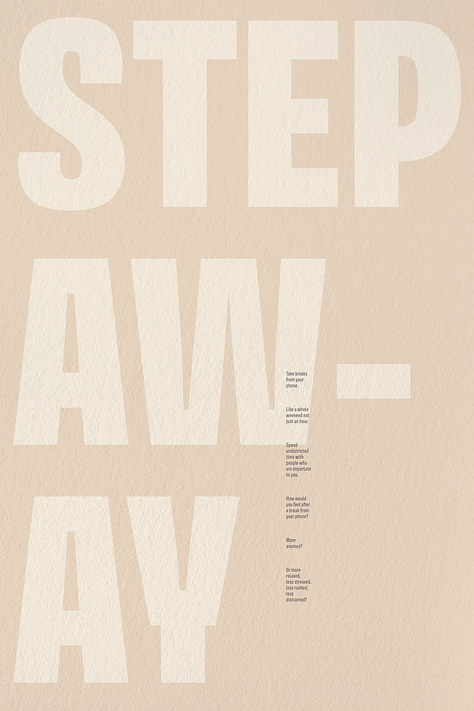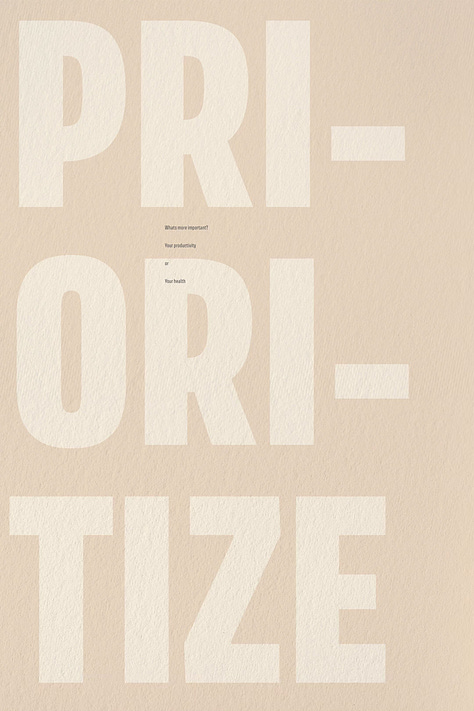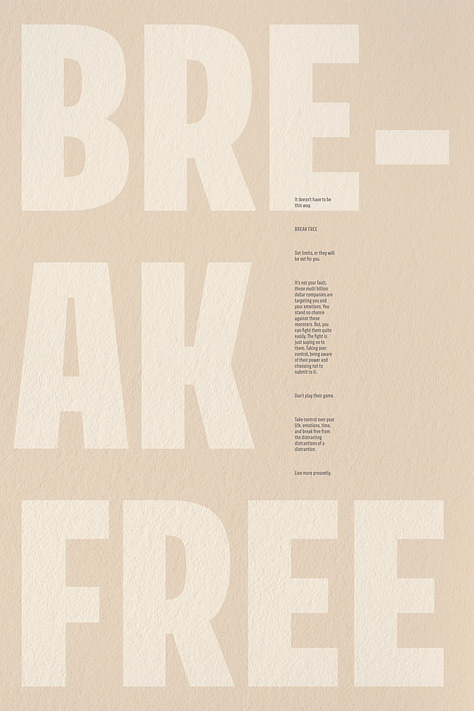Some experts utilize the term digital dementia to describe the symptoms resulting from overuse of digital devices. Short term memory loss, confusion, lack of social engagement, anxiety, depression, balance changes… all these have been related to too much time on screens. Brain changes can occur after long periods of addiction and the results on youth, whose brains are developing rapidly, are intense and alarming.
The digital world is increasingly dangerous and extreme. Purveyors of rage and bad actors are subtly stimulating fear and anxiety and vying for ideological loyalty. We are targets for radicalization.
We’ve all experience the dementia… just the other day I was supposedly ‘listening’ to my wife reminding me about the plan for the evening while I scrolled and said ‘uh-huh’ only to promptly forget (i.e. not hear) what she said. These micro-interactions can pile up over time and change our brains chemistry, our ability to sustain deep relationships and even open us up cognitively to dangerous patterns of thinking and extremist rhetoric. It can make us irritable, snappy and cold.
Images, sounds, stories and narratives that form the under-currents of much of social media, you-tube and tik-tok clips stimulate not only emotional responses but desires. Many of these mediums have robust content by outrage entrepreneurs, nefarious government or political actors with ulterior motives. Both the mediums and the messages form an ‘experience machine’ that shapes and form us in subtle ways, and can eventually harm us.
Most of us flow in and out of these machines with a passive akrasia. We are lazy. The machine is powerful and will work its magic if we are not managing the flow of inputs to match our desired outcomes.
We can choose to curate our own desires, attitudes and attention. In Christian parlance this is called ‘spiritual formation.’ Ancient practices or ‘disciplines’ like prayer, meditation, scripture reading and fasting curate the inner life and aim the soul at what is good, beautiful and true.



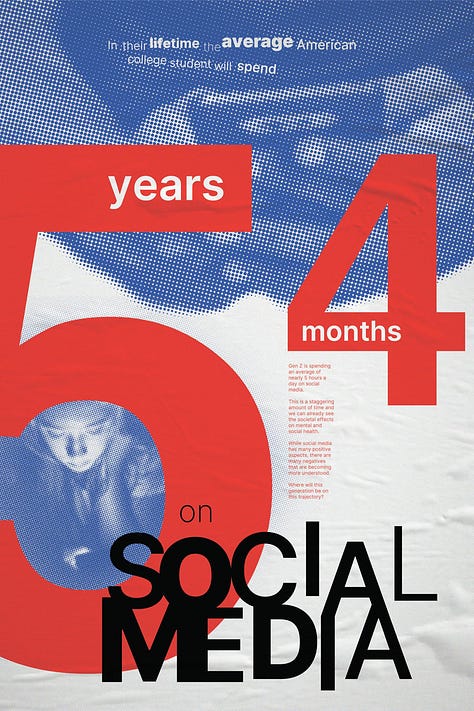
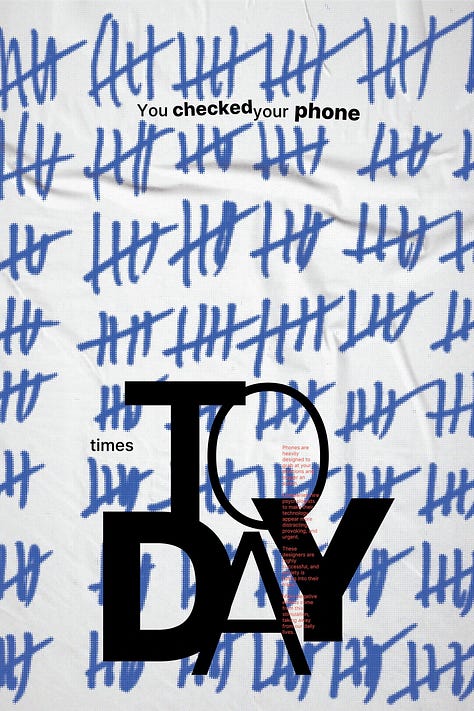
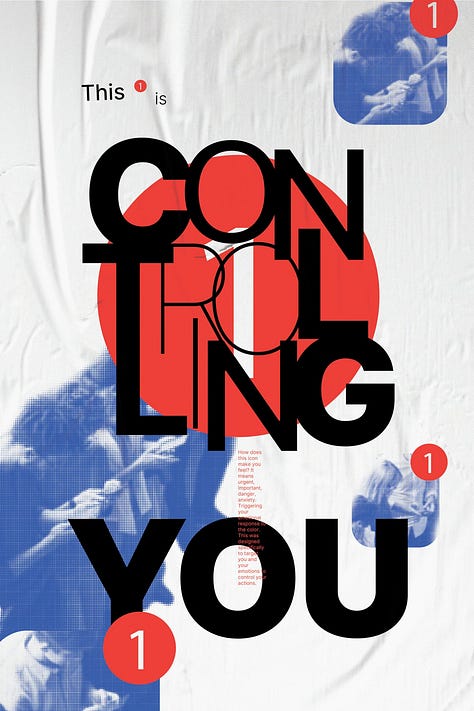
In a previous article I referenced my son Judah’s project “The Experience Machine” aimed at raising awareness of the dangers of digital addiction. His artwork combines aesthetics with warnings and research, offering a compelling rationale for a change in habits. He says:
“The prompt for this poster set was to choose a problem and design a creative way to display a complex problem and compelling information towards a solution. I wanted to raise awareness about the dangers of excessive phone use and digital addiction. My peers and younger age groups see large upticks in screen use that leads to all kinds of mental, emotional and spiritual health issues. Scientific research, philosophy, and design principles were all combined to summarize the problem in the first six posters and stimulate an emotional warning. The first six posters are chaotic, unsettling, and overwhelming. The final six suggest some solutions to the problem which are designed with a calming and simple aesthetic.”
Enough words for now… scroll through the images or go to the source to see the artist’s other work.
Notice the statistics, warning and drastic consequences in the first set of six panels and then the gentle push towards balance, calm and health in the 2nd set.

